Looking back at the art of the best Elder Scrolls expansion, The Shivering Isles
The twisted work of Adam Adamowicz.
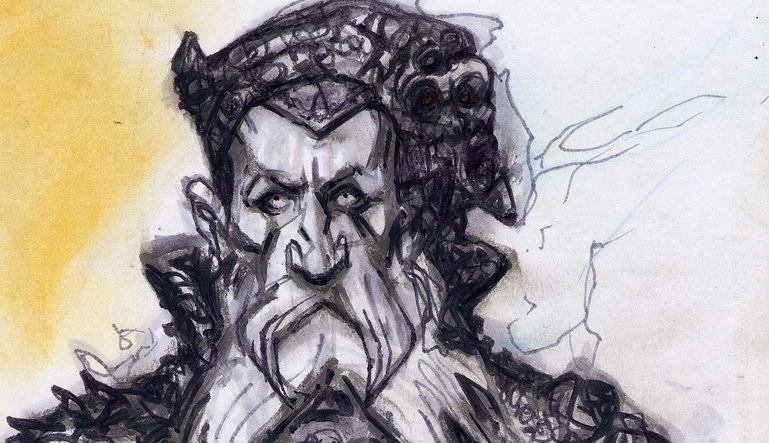
We've celebrated the work of late concept artist Adam Adamowicz here at PC Gamer before, with a gallery of his work on Skyrim. But he also worked on other Elder Scrolls games including Oblivion, an RPG whose flaws I will happily overlook because it was blessed to have one of the best expansions in videogame history: The Shivering Isles.
The twin islands of Mania and Dementia, ruled over by the Daedric Prince of madness Sheogorath, are bewildering and strange. So are the quests you find there—especially compared to Oblivion's bland and formulaic main questline. A typical job for the court of madness might involve gathering hallucinogens from giant insects to make a delirious poison or taking over a dungeon so you can be the one tormenting adventurers for once. Meanwhile, the landscapes are a mix of murky swampland full of frog-people and psychedelic mushroom forests straight out of Alice in Wonderland.
And all of it began with the concept art of Adamowicz.
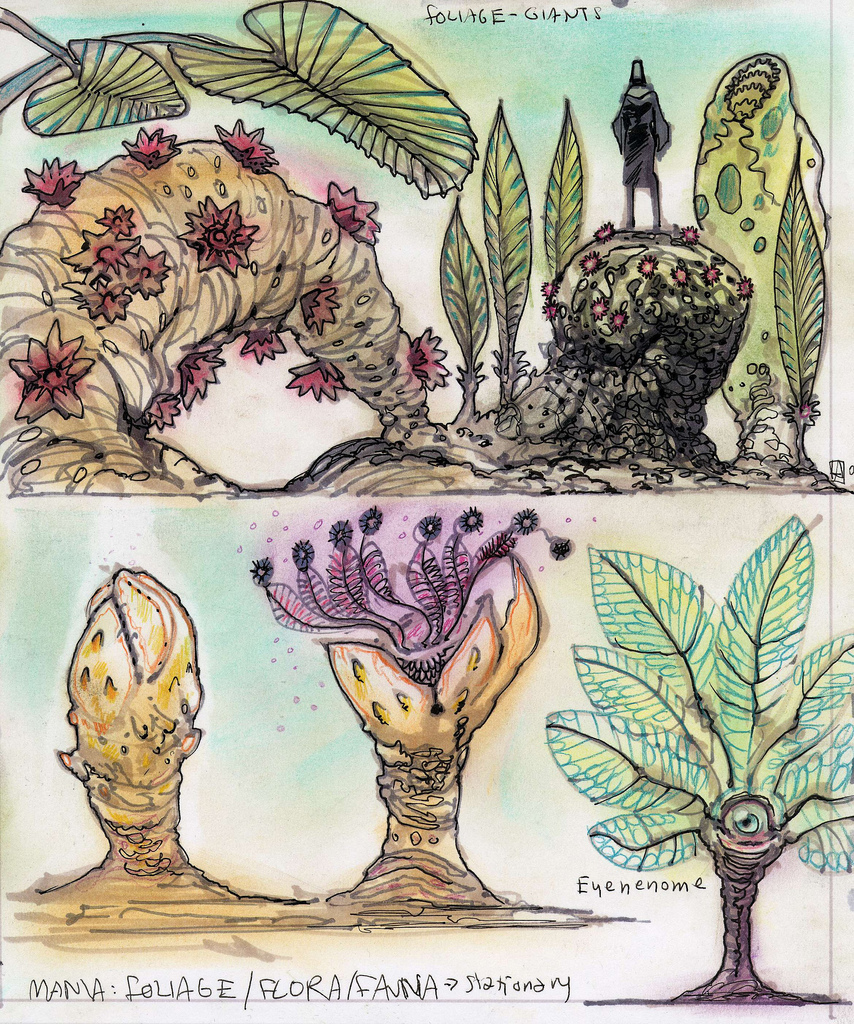
The people of the Shivering Isles are as strange as the land. The Duchess of Dementia wears a frill of spiny, seashell growths, and has sleeves that look like eels or pike caught in the act of devouring her hands. The nobles wear lots of ruffs, giving them a fungal appearance, and while citizens of Mania wear bold colors the citizens of Dementia look so goth they probably shit bats.
The followers of Order, who oppose Sheogorath, are wrapped in armor that's made of severe, crystalline angles in opposition to the curved, flowing shapes everyone else wears. Where the court is all baroque, decrepit finery, the knights and priests of Order are strict, pointy business.
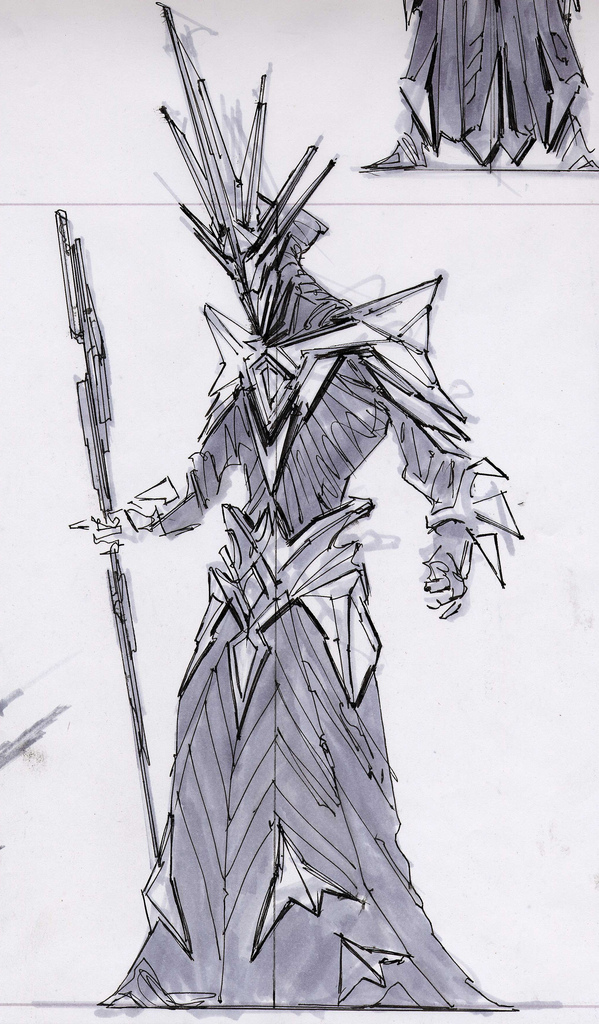
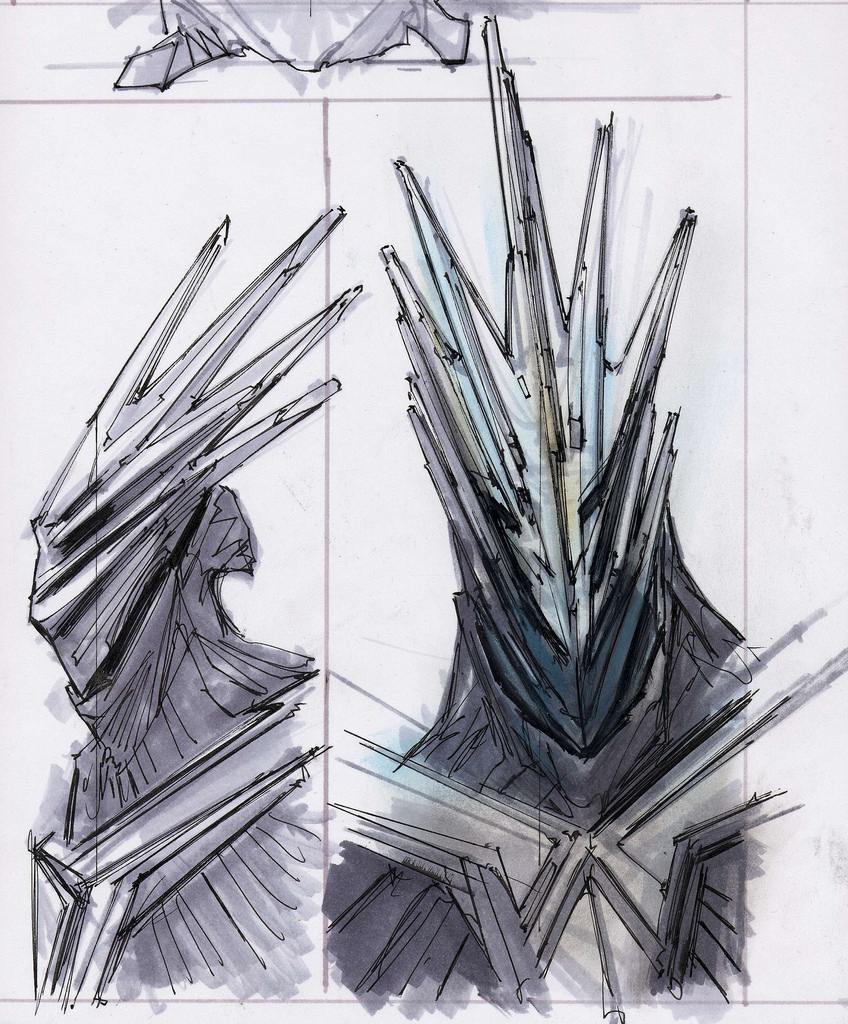
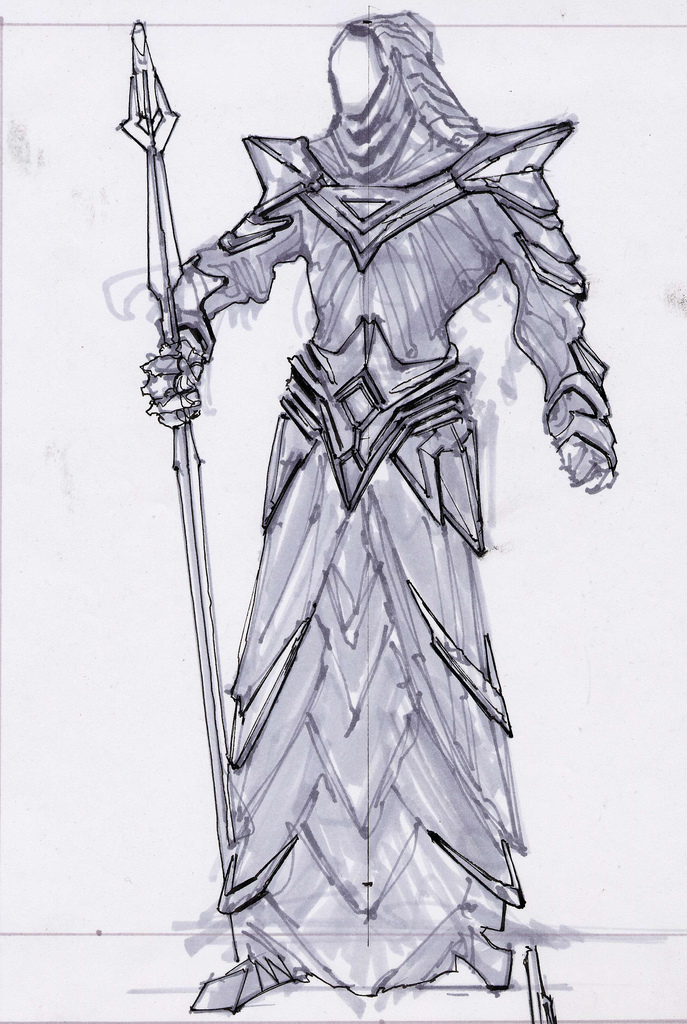
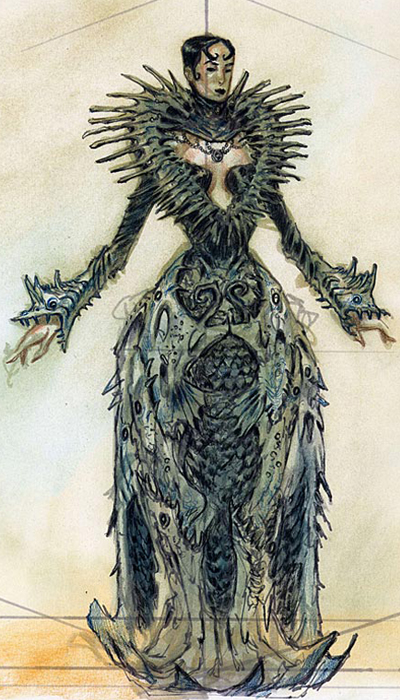
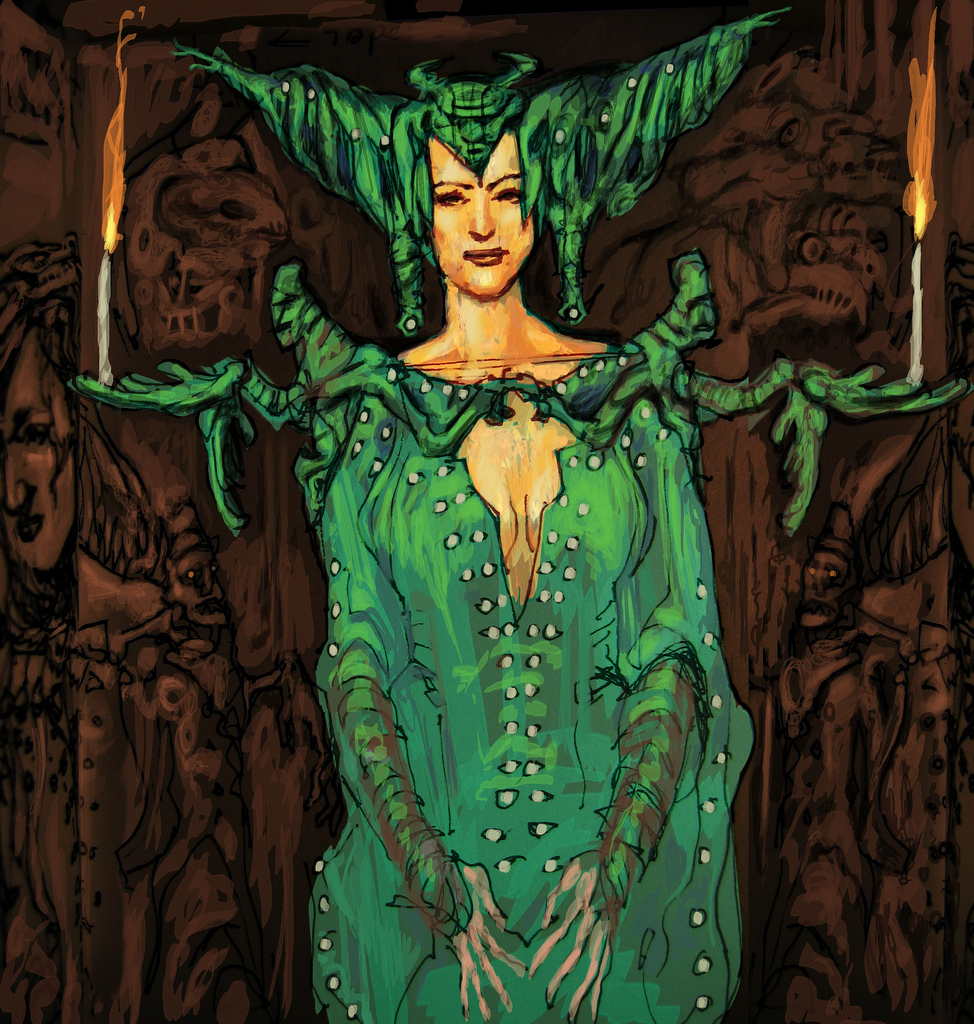



Adamowicz's monster breakdowns are full of details that make them look like they were drawn by a zoologist studying real animals. A facial close-up of an amphibious Baliwog notes its "tympanic membrane" and "zygomatic arch" and compares its mouth and teeth to that of a moray eel. His vision for the tribal Grummites shows them as indentured servants, some farmhands and others personal attendants chained to Sheogorath, though in the final game they were merely enemies who came out of the swamp whenever it rained.

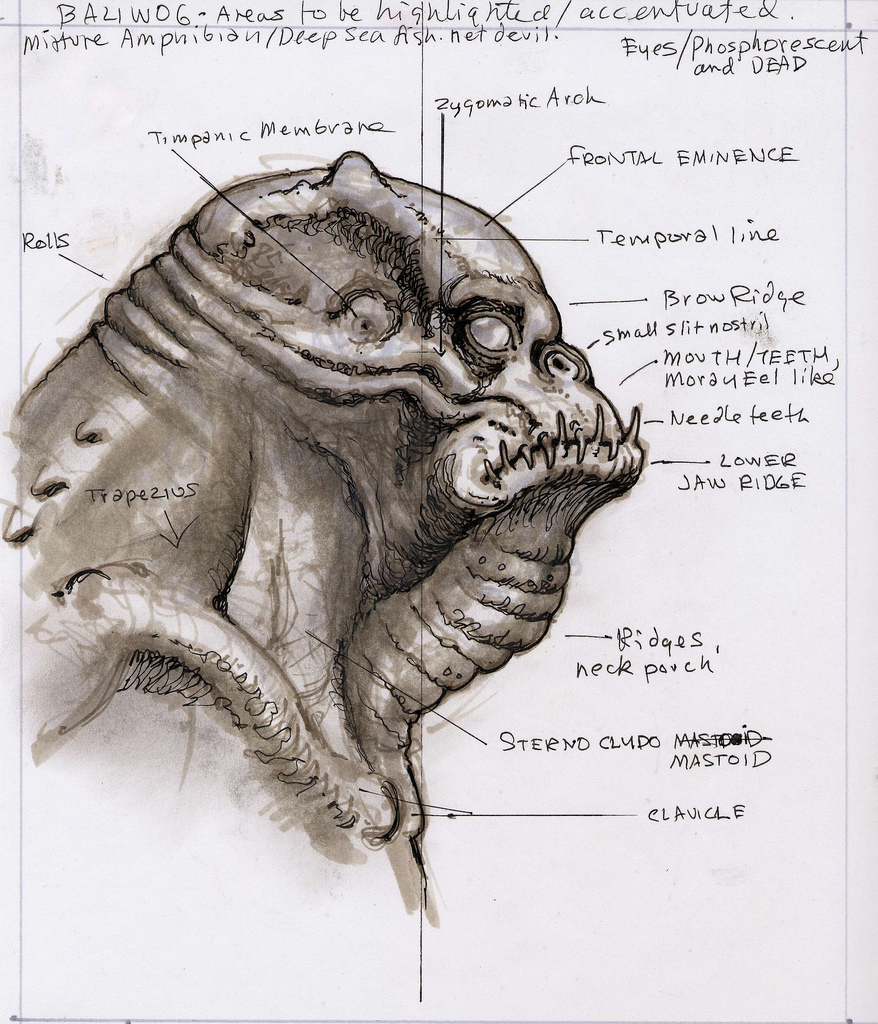
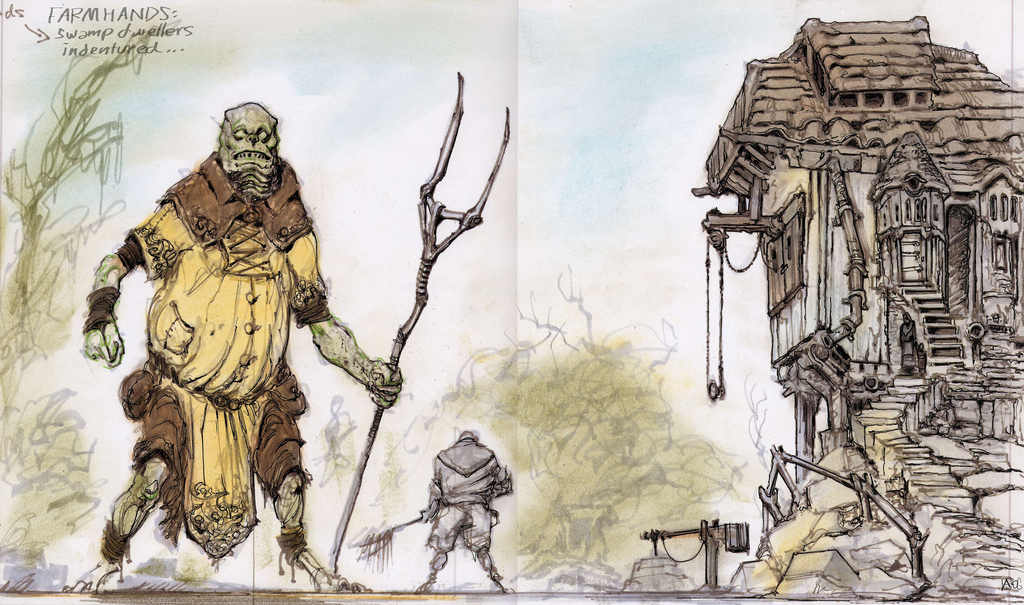
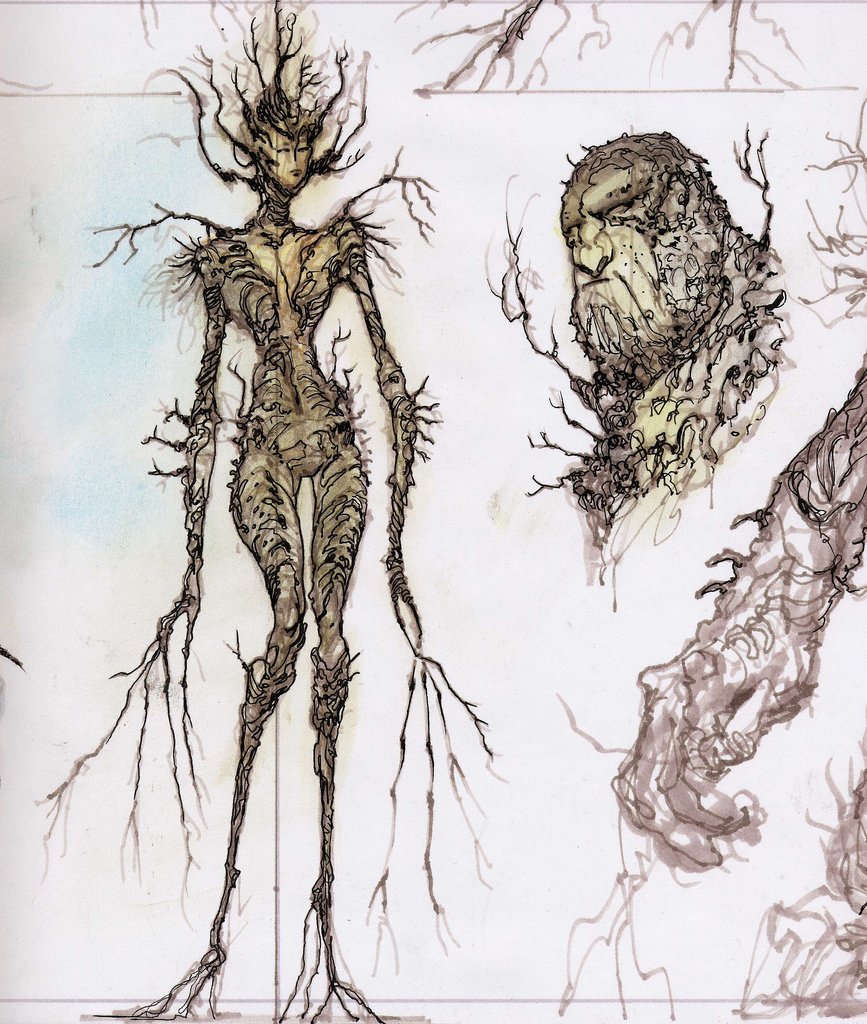
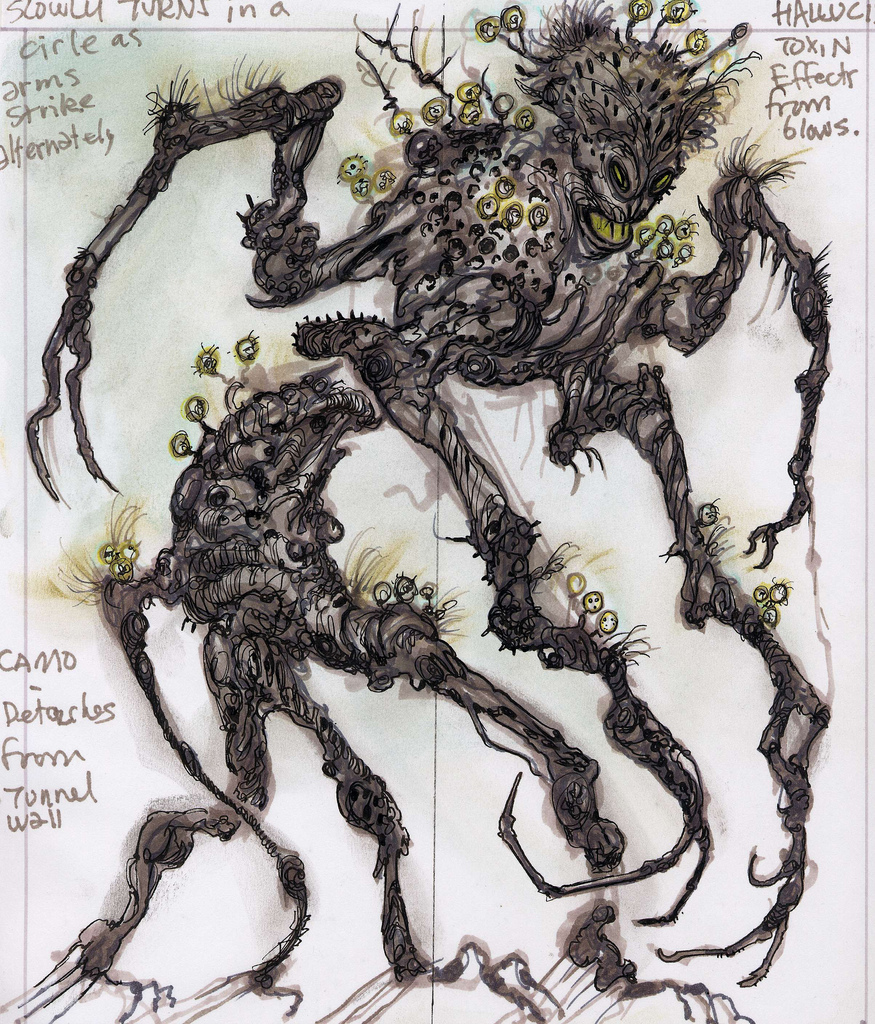


There's a lot of bonus information and detail in Adamowicz's depictions of the streets of New Sheoth city and the farms around it that were also absent from the finished game. He writes about canals full of tadpoles eating rose petals and after-dinner mints, and funeral urns placed on floating pedestals to prevent haunting because of the belief spirits can't cross water. It makes me wish I could see it again. The idea that The Shivering Isles could have been even stranger if more of Adamowicz's concepts had survived into the finished product—like the woman lifting her robes to reveal a clockwork body, or the flesh golem porter carrying suitcases—is an irresistible one. Maybe we'll see it again via a sidequest in the next Elder Scrolls, or its inevitable expansions. Here's hoping.
Keep up to date with the most important stories and the best deals, as picked by the PC Gamer team.
You can see more of Adamowicz's work here.

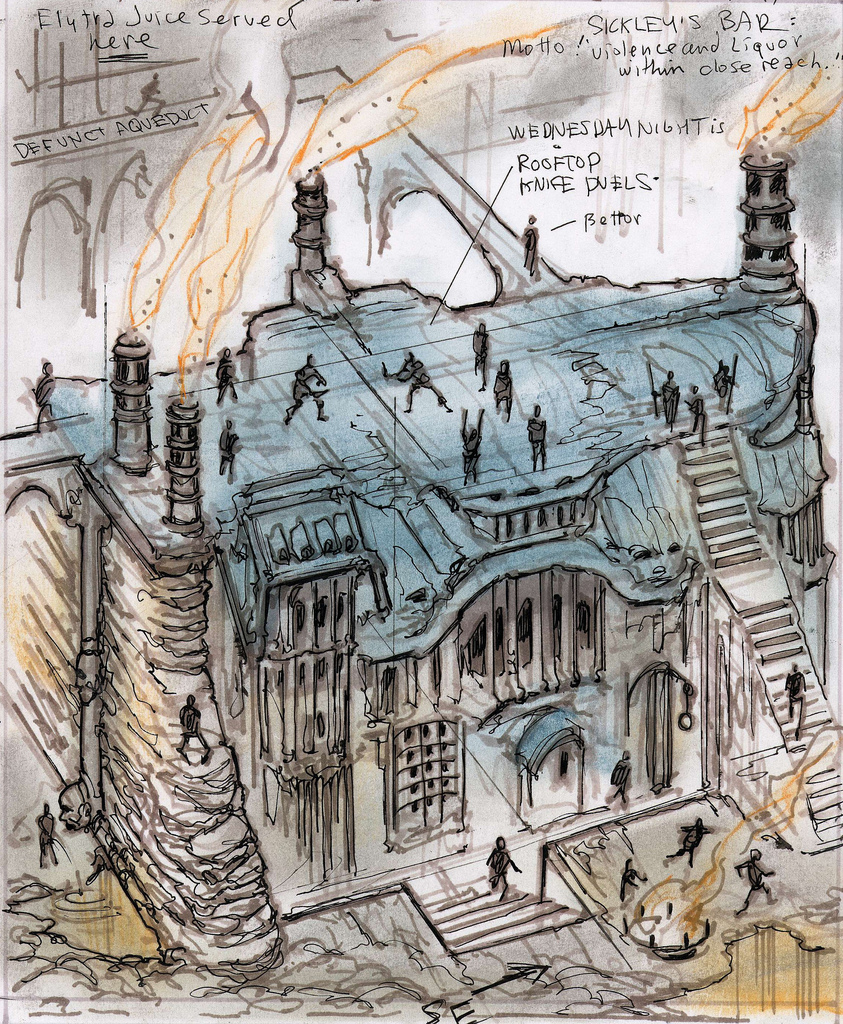


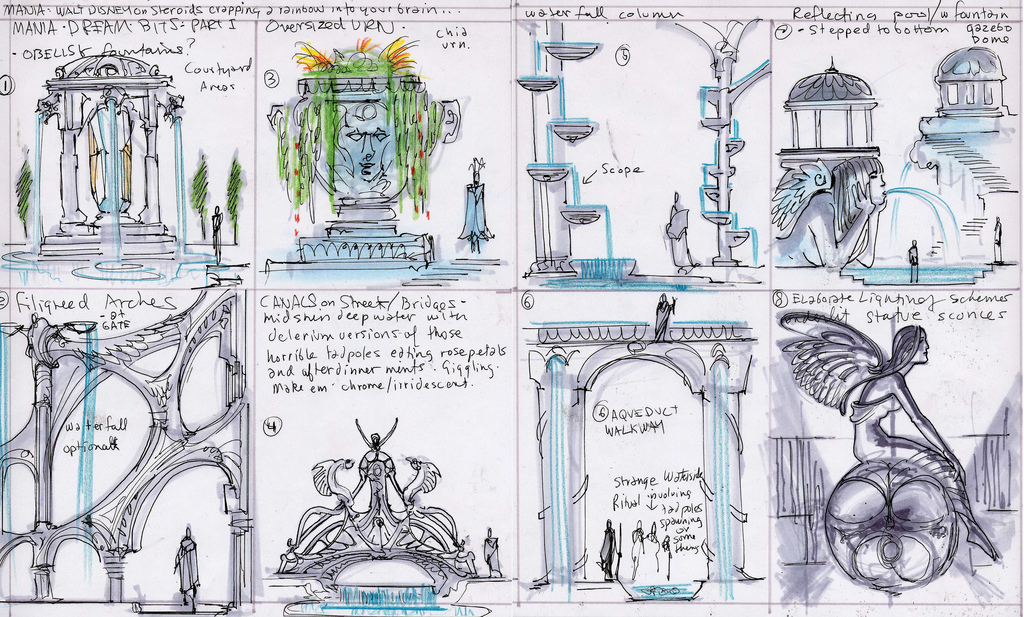
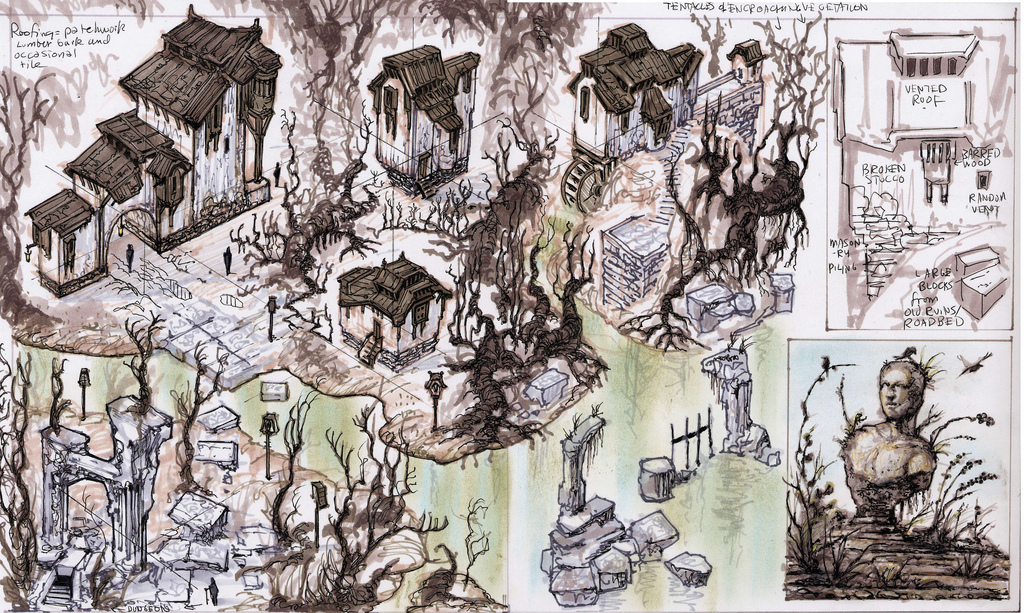

Jody's first computer was a Commodore 64, so he remembers having to use a code wheel to play Pool of Radiance. A former music journalist who interviewed everyone from Giorgio Moroder to Trent Reznor, Jody also co-hosted Australia's first radio show about videogames, Zed Games. He's written for Rock Paper Shotgun, The Big Issue, GamesRadar, Zam, Glixel, Five Out of Ten Magazine, and Playboy.com, whose cheques with the bunny logo made for fun conversations at the bank. Jody's first article for PC Gamer was about the audio of Alien Isolation, published in 2015, and since then he's written about why Silent Hill belongs on PC, why Recettear: An Item Shop's Tale is the best fantasy shopkeeper tycoon game, and how weird Lost Ark can get. Jody edited PC Gamer Indie from 2017 to 2018, and he eventually lived up to his promise to play every Warhammer videogame.

